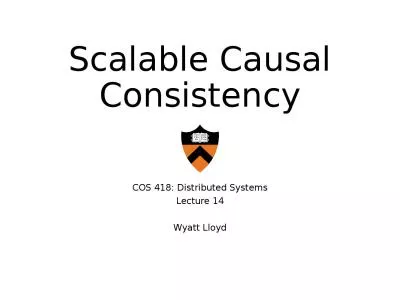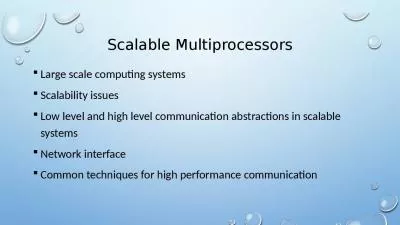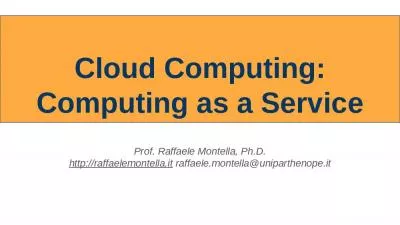PPT-Center for Efficient, Scalable, and Reliable Computing
Author : olivia-moreira | Published Date : 2016-03-16
Department of Electrical and Computer Engineering North Carolina State University Rami Sheikh James Tuck and Eric Rotenberg ControlFlow Decoupling Rami Sheikh
Presentation Embed Code
Download Presentation
Download Presentation The PPT/PDF document "Center for Efficient, Scalable, and Reli..." is the property of its rightful owner. Permission is granted to download and print the materials on this website for personal, non-commercial use only, and to display it on your personal computer provided you do not modify the materials and that you retain all copyright notices contained in the materials. By downloading content from our website, you accept the terms of this agreement.
Center for Efficient, Scalable, and Reliable Computing: Transcript
Download Rules Of Document
"Center for Efficient, Scalable, and Reliable Computing"The content belongs to its owner. You may download and print it for personal use, without modification, and keep all copyright notices. By downloading, you agree to these terms.
Related Documents














